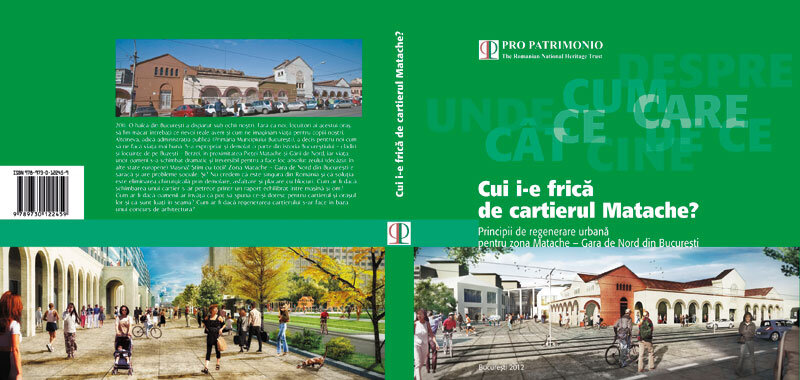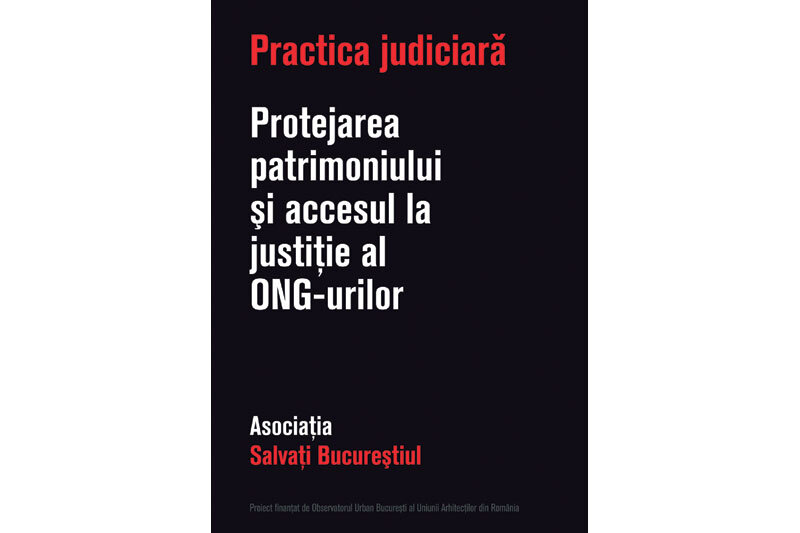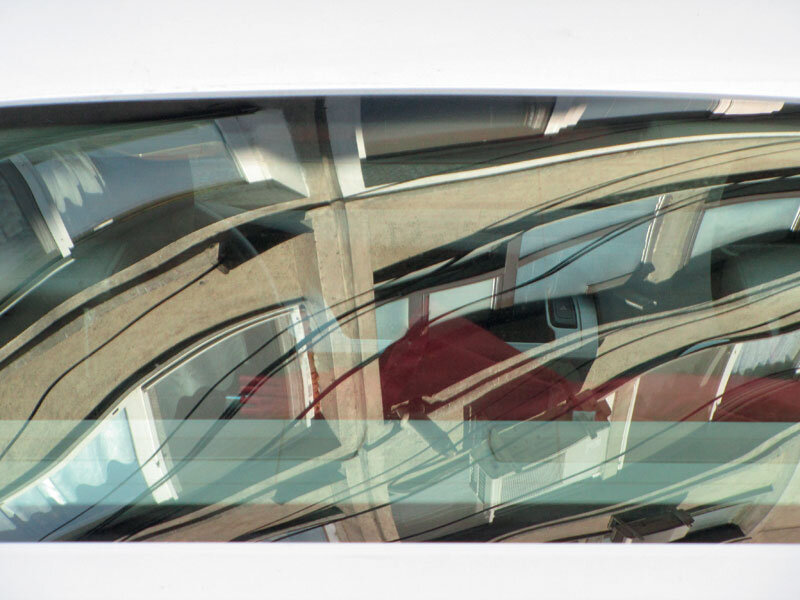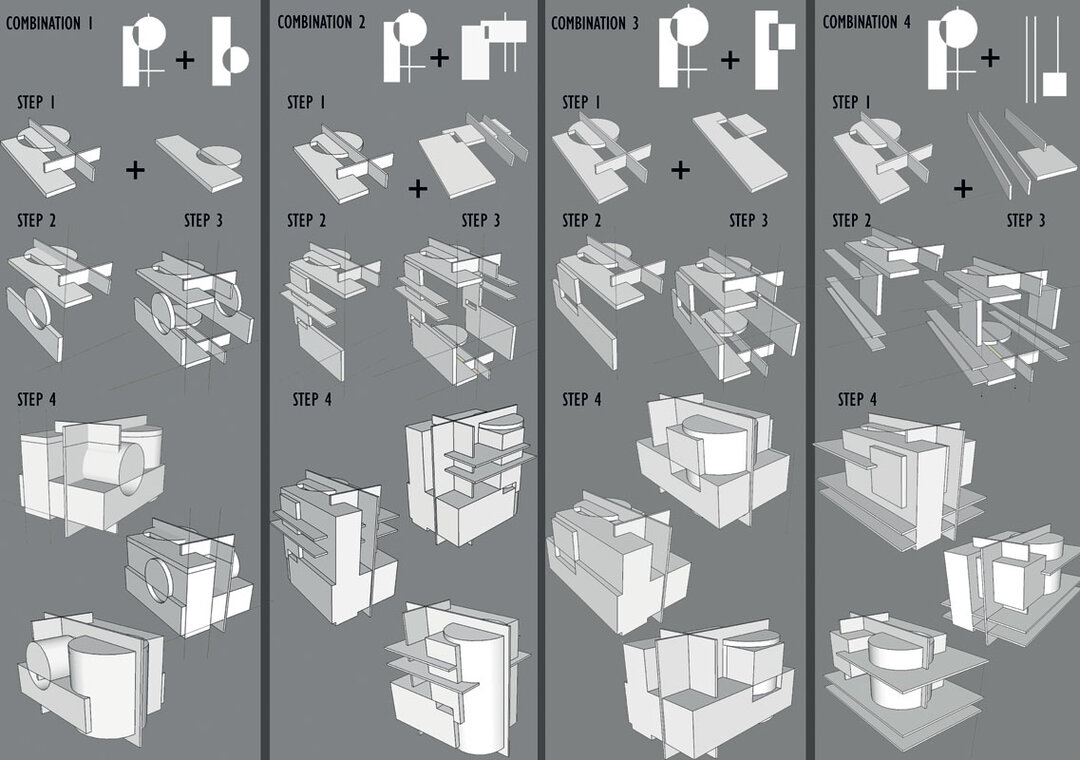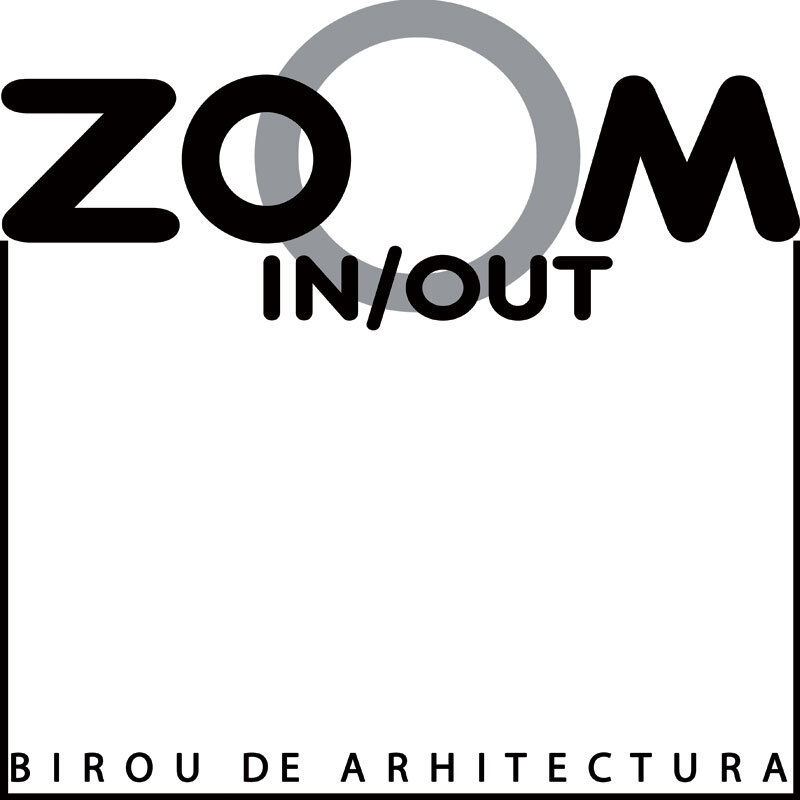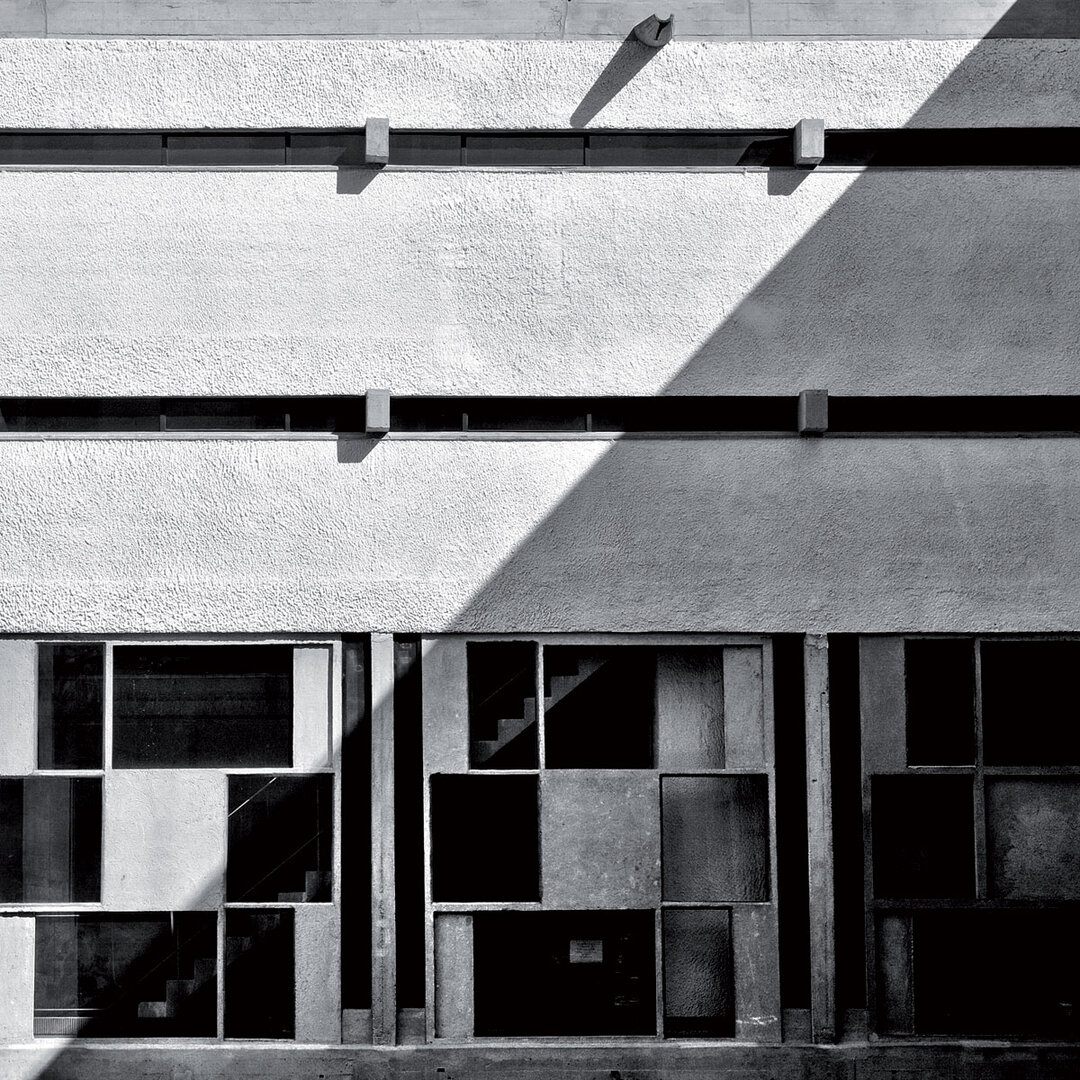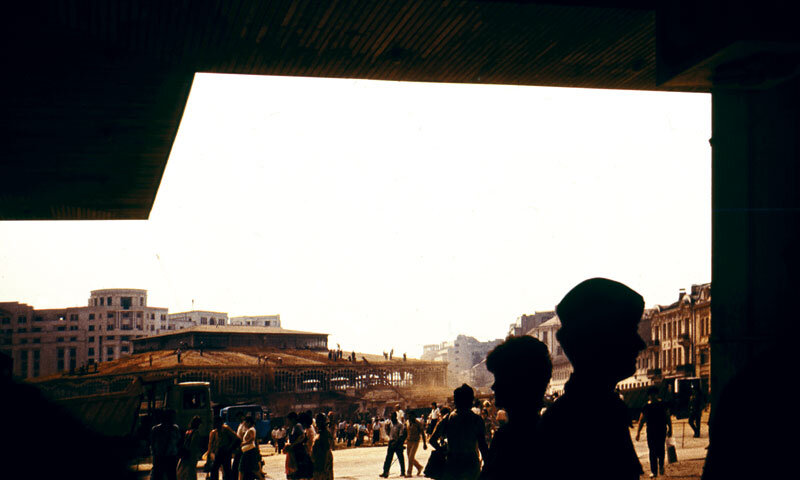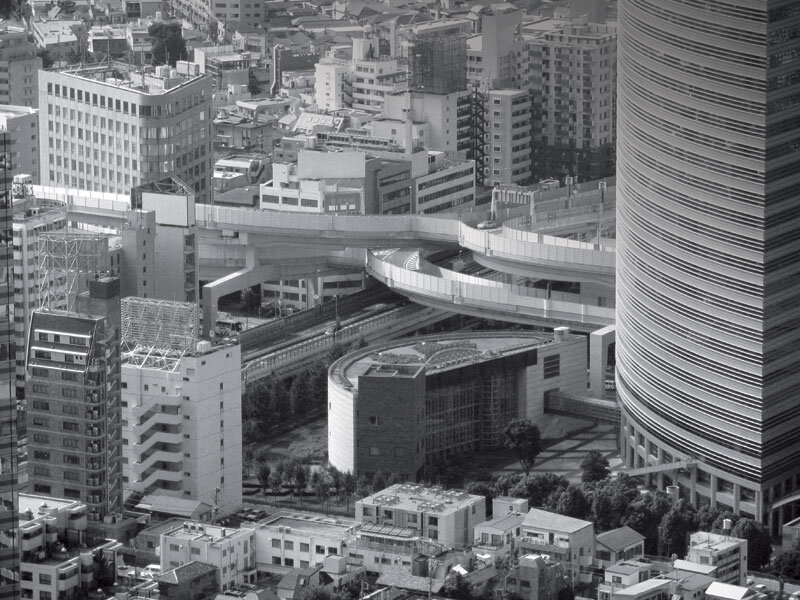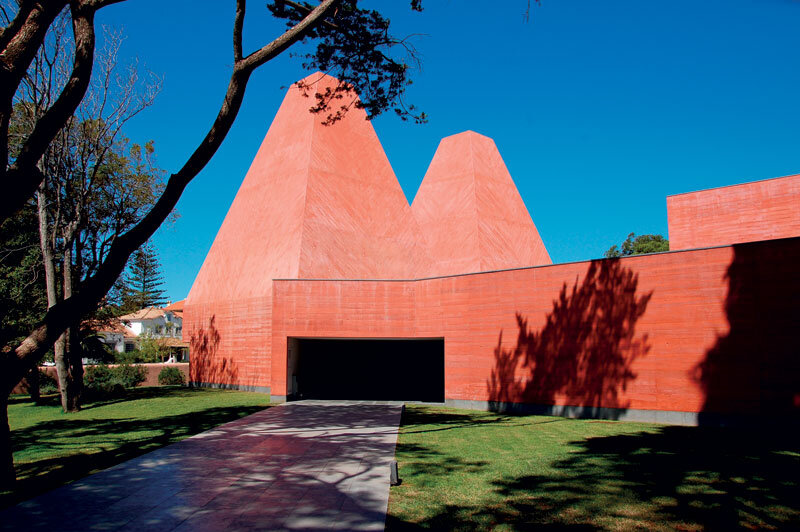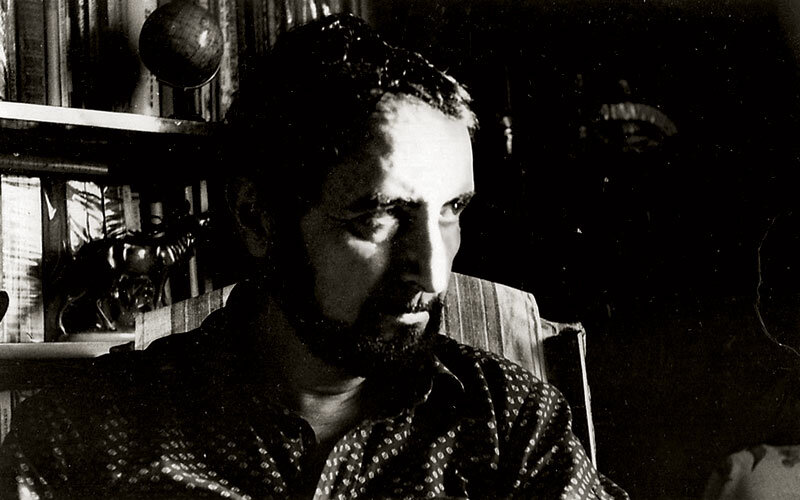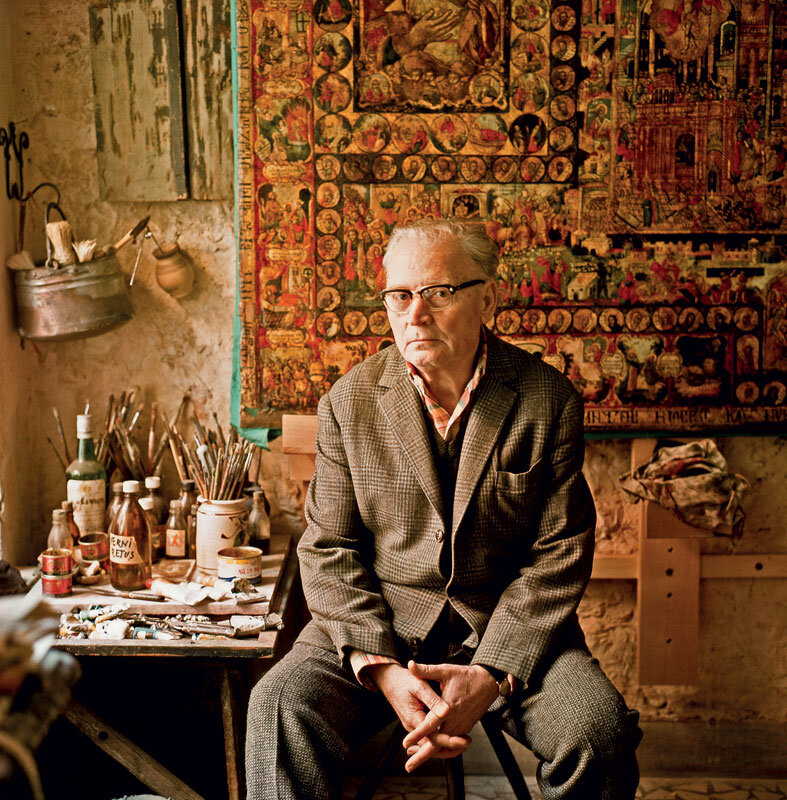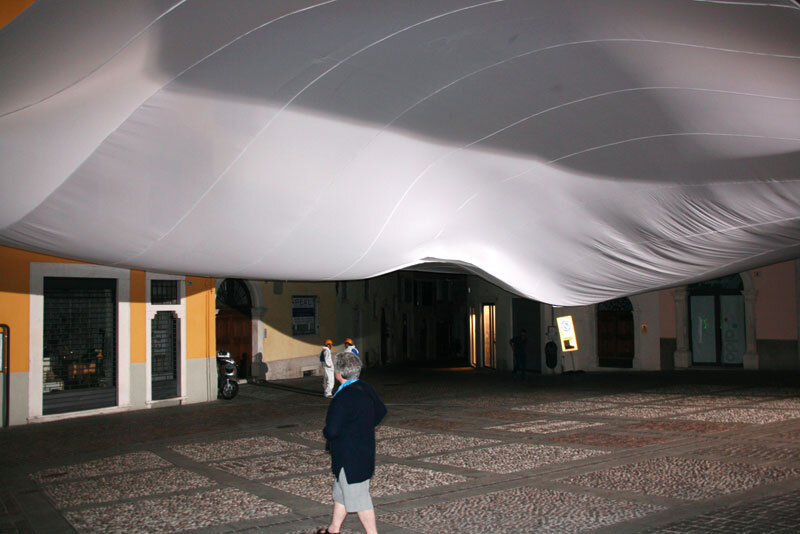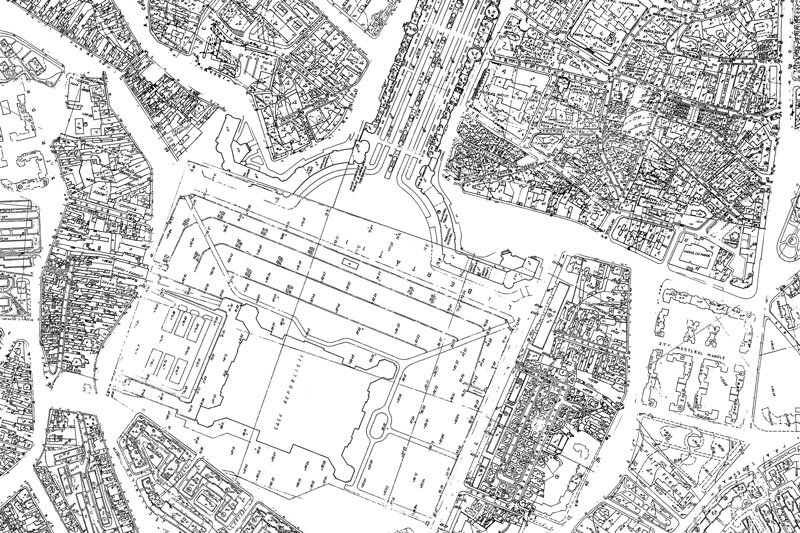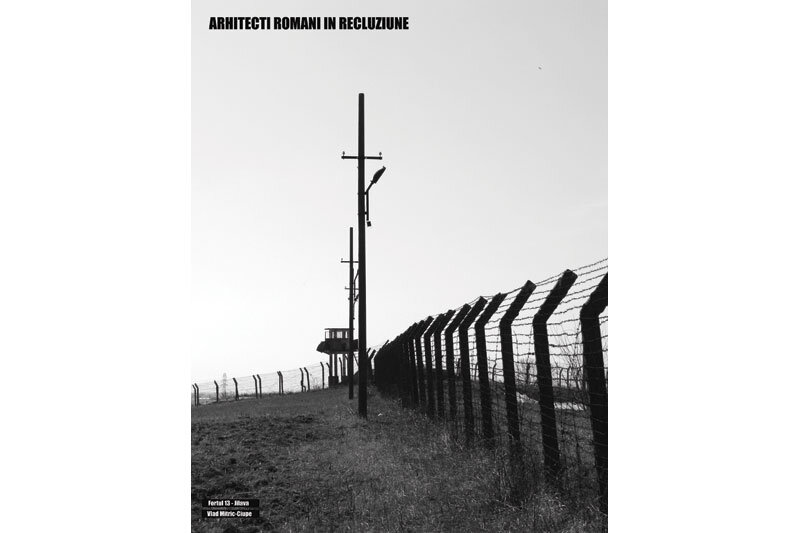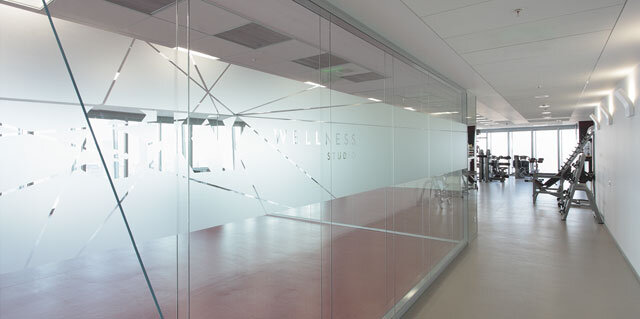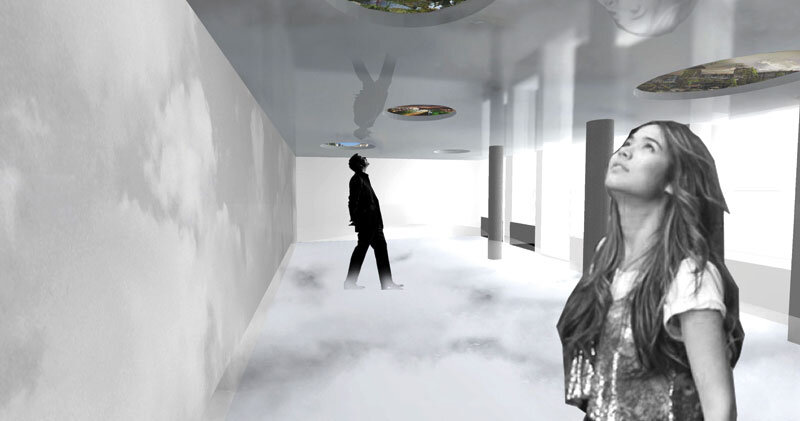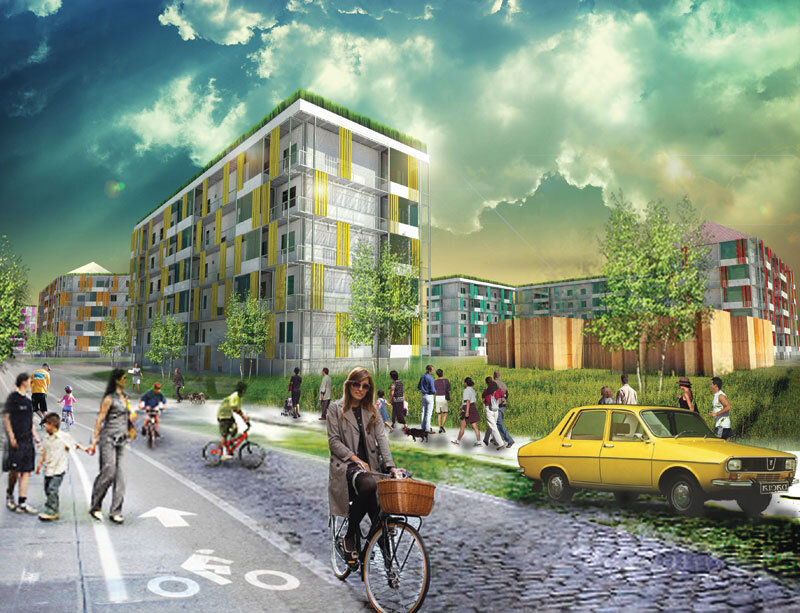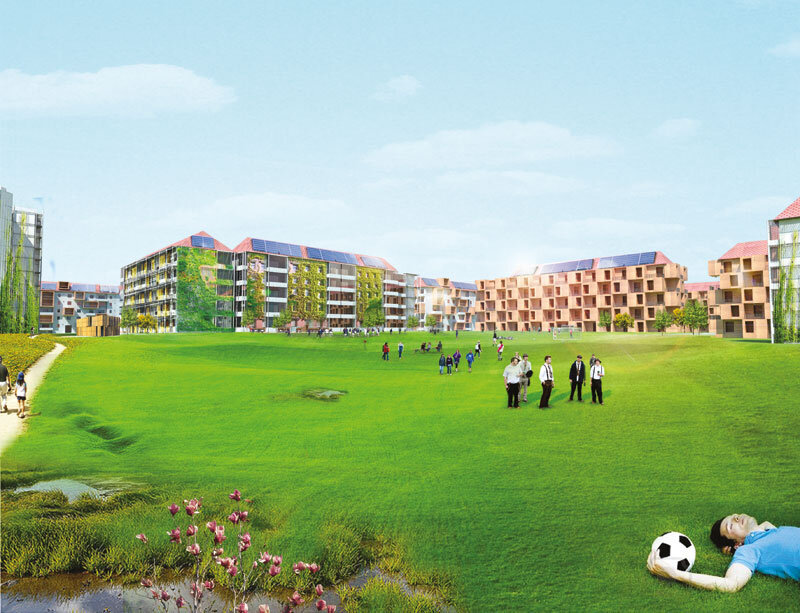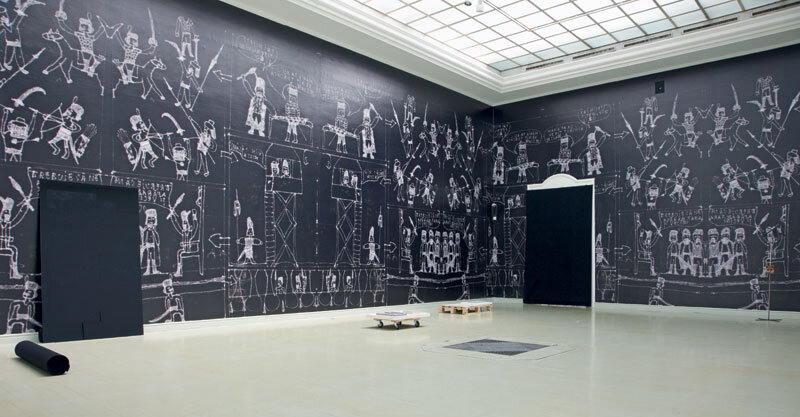
Trans-formation / Beyond-Form. Actions are the new forms - Keller Easterling
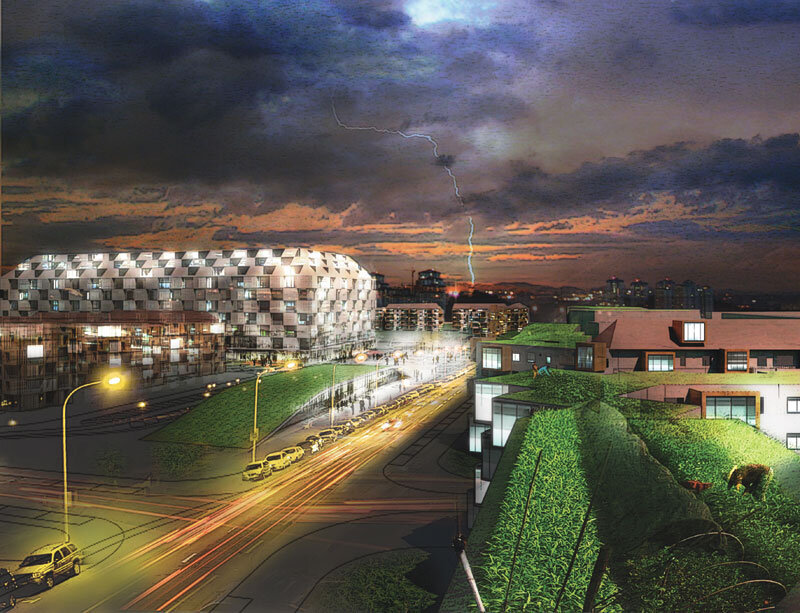

TRANS-FORMATION/BEYOND-FORM
Actions are the new form! - Keller Easterling
| The utopian aspirations of socialist movements generally involved dissolving existing (sometimes archaic) spatial hierarchies and replacing them with new, homogeneous spaces designed to stimulate processes of substitution or negation. Today, however, the requirement for diversity takes the place of this impossible state of tabula rasa: erasure generates reconstruction1. The city has been erased so that it can become a mechanism of forgetting. It became a hard, sharp space whose soft, human component was slowly lost. Today, we are just a con-founded mass, desperately seeking mentors, which we choose indiscriminately and often from the wrong context. Deeply marked by lack and loss - though we are not sure what we have lost - we fill and surround cities with borrowed, foreign objects, as confused as ourselves. Alienated by the illusion of a better life, we slowly, slowly destroy the possibility of a decent future. The modernist promise - to turn quantity into quality through abstraction and repetition - has been a failure, an illusion: magic that didn't work2. Yet 'cities' stubbornly repeat the same mistakes over and over again, with extraordinary energy. Their distortion and sprawl is unprecedented. In the absence of urbanism (almost extinct in the wake of modernism's failures) and the ability to control the big picture, we have focused on objects, boundaries, separations from the rest - processes that, at best, have to do with architecture. We are constantly inventing thousands of little 'worlds' that we attach, without much discernment, to the tired pattern of the city. If the built environment - the positive - has gotten completely out of control - becoming the subject of political, financial, cultural upheavals - this is not true of the space that is left free. "The 'negative' may be the last plausible candidate for safety. Gray neighborhoods, originally, were abstract objects placed in space. Positive-negative. If we were to consider space to be a secret weapon, it would be best kept secret from those who are normally educated to design space - architects. Entrepreneurs in economics, social science, computer science and activism are developing what we might call the software of space3 as a political tool to overcome the limits of politics as we know it too well. This space, together with its appendages of transportation, food, green space, education and culture, is the infrastructure of the network of abstract objects. It is the infrastructure into which all the 'equipment' of the whole, from emotion to rubbish, is discharged. The network - negative space. In the world of electronic networks, the intelligence of the system is based on the flexibility and versatility of patterns of interchange between heterogeneous components and multiple scales of activity. Multiplicity, differentiation, and diversity strengthen the network, and the more intelligent the system, the more contradictory its organization is compared to conventional notions of efficiency. What should the software of these spaces contain and generate? What does it currently contain? We are at a stage in history when industry has just slowly and sadly stopped its engines. The pink bubble of capitalism has burst. The hyper-development of the means of communication and socialization has elevated the role of the individual and of communities in relation to the individual to an unprecedented level. All these processes have, on the one hand, given us gasping, scarred cities and, on the other hand, provided us with free and accessible informational means to 'heal' them. In all this lies much potential... these are the resources that will feed the next phase of the story of our cities. While other cities are in a constant battle for space, we are enjoying vast areas of possibilities... future engines of transformation. The REHABILITATION OF GRI NEIGHBORHOODS was born out of collaboration with the inhabitants of a socialist housing neighborhood in Timisoara (16% of the city is covered by such neighborhoods, more than 50% of the city's population lives in such a neighborhood) and represents a pilot strategy that responds, through well-integrated solutions, to basic needs: the rehabilitation of a collapsing urban structure, the resuscitation of the spirit of community, the efficiency of the energy system, as well as the proposal of an economic strategy to give financial value to the above. |
| Read the full text in issue 3/2012 of Arhitectura. |
| Notes: 1. Luis Trappe, Quality Management, Architecture & Politics 2. Rem Koolhaas, WHAT EVER HAPPENED TO URBANISM?, SMLXL, The Monacelli Press, 1998 3. Mason White, URBAN SLOT MACHINE: A CONVERSATION WITH KELLER EASTERLING, Archinect |
| The utopian aspirations of movements from the socialist period generally involved the dissolution of existing (sometimes archaic) spatial hierarchies and their replacement with new, homogenous spaces, designed to stimulate processes of substitution or negation. Nevertheless, the demand for diversity today takes the place of this impossible condition of the tabula rasa: erasure generates reconstruction.1 The city has been razed in order that it might become a me-chanism for forgetting. It has become a hard, sharpened space, whose soft, human component has gradually been lost. At present we are merely an amorphous mass, desperately seeking mentors, which we choose without discernment, and more often than not from the wrong context. Deeply scarred by lack and loss, although we are not certain what it is we have lost, we fill and surround our cities with borrowed, alien objects that are just as confused as we are. Fuelled by the illusion of a better life, we gradually destroy any chance of having a decent future. The modernist promise - transformation of quantity into quality through abstraction and repetition - was a failure, an illusion: the magic did not work2. In spite of this, the "cities" stubbornly keep on making the same mistakes, with extraordinary energy. Their distortedness and sprawl is unprecedented. In the absence of urbanism (which has all but vanished following the failures of modernism) and the capacity to control the overall image, we have focussed on objects, limits, dividing lines, processes that are related to architecture at best. We constantly invent thousands of tiny "worlds", which we append more or less indiscriminately to the exhausted pattern of the city. If the built environment - the positive - is now completely out of control, having become the object of political, financial and cultural upheavals, the same can not be said of the space that has remained unoccupied. The "negative" might be the last plausible candidate when it comes to achieving security. The gray residential districts were initially abstract objects positioned in space. Positive/negative. If we were to take space to be a secret weapon, then this weapon would be the best-kept secret to those who are educated to conceive of space: architects. Enterprising economists, sociologists, IT scientists and activists have been developing what we might call the spatial software3 as a political tool designed to transcend the political limitations we are all too familiar with. This space, along with its annexes related to transportation, food, vegetation, education and culture, constitutes the infrastructure of the network of abstract objects, the infrastructure into which all the "accoutrements" of the whole, from feelings to garbage, are emptied. The negative network. In the world of electronic networks, the system's intelligence is based on the flexibility and versatility of the patterns of exchange between heterogeneous components and multiple scales of activity. Multiplicity, differentiation and diversity reinforce the network, and the more intelligent the system, the more contradictory is its organization in comparison with conventional notions of efficiency. What should the software of these spaces contain and generate? What does it currently contain? We are at a stage in history when industry has now slowly and sadly stopped its engines. The pink balloon of capitalism has burst. The hyper-development of means of communication and socialisation has elevated to the role of the individual and the communities with which he interacts to a hitherto unimagined level. On the one hand, all these processes have cast us into the arms of gasping, scarred cities, and, on the other, they have provided us with the free and accessible informational means to "heal" them. In all these scars resides great potential: these are the resources on which the next stage of our cities' story will be nourished. While other cities are locked in a continuous struggle for space, we enjoy vast areas of possibility, future engines of transformation. The rehabilitation of the grey housing estates came about as a result of working with the residents of a communist housing estate in Timișoara (sixteen per cent of the city is covered with such estates, and fifty per cent of the city's population lives in such estates) and is a pilot strategy that meets basic needs via solutions that are well integrated into the context: rehabilitation of an urban fabric in collapse, revival of community spirit, and improvement of energy efficiency, as well as putting forward an economic strategy to add financial value to all these. |
| Read the full text in the print magazine. |
| Notes: 1. Luis Trappe, Quality Management, Architecture & Politics
2. Rem Koolhaas, WHAT EVER HAPPENED TO URBANISM, SMLXL, The Monacelli Press, 1998
3. Mason White, URBAN SLOT MACHINE: A CONVERSATION WITH KELLER EASTERLING, Archinect
|

